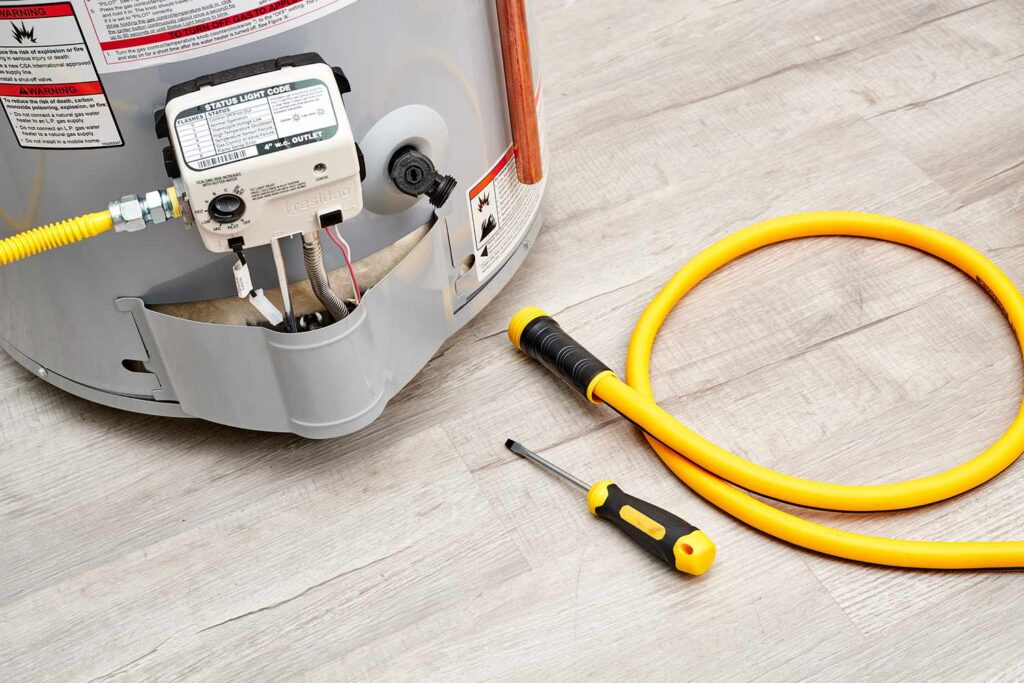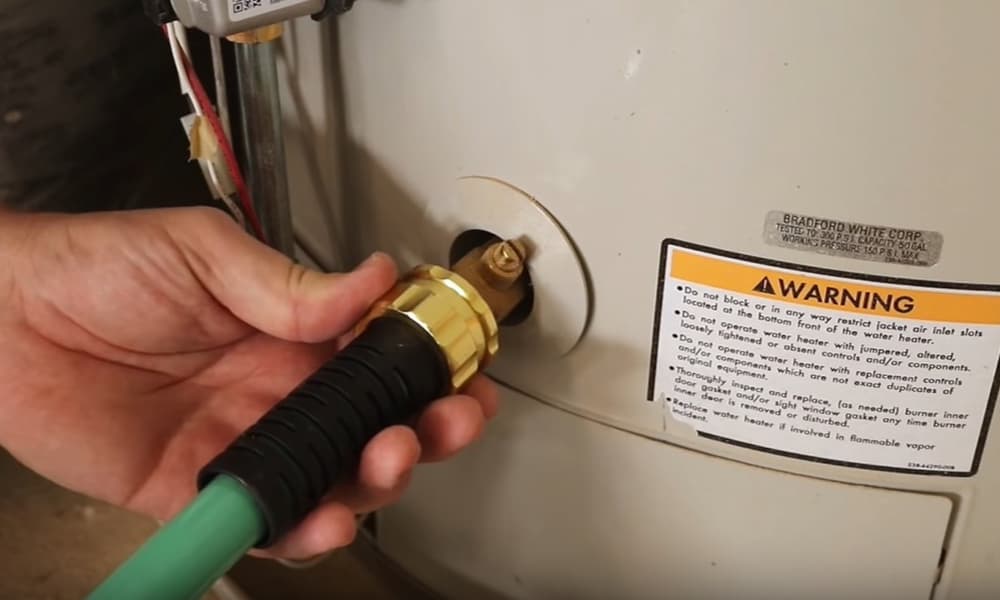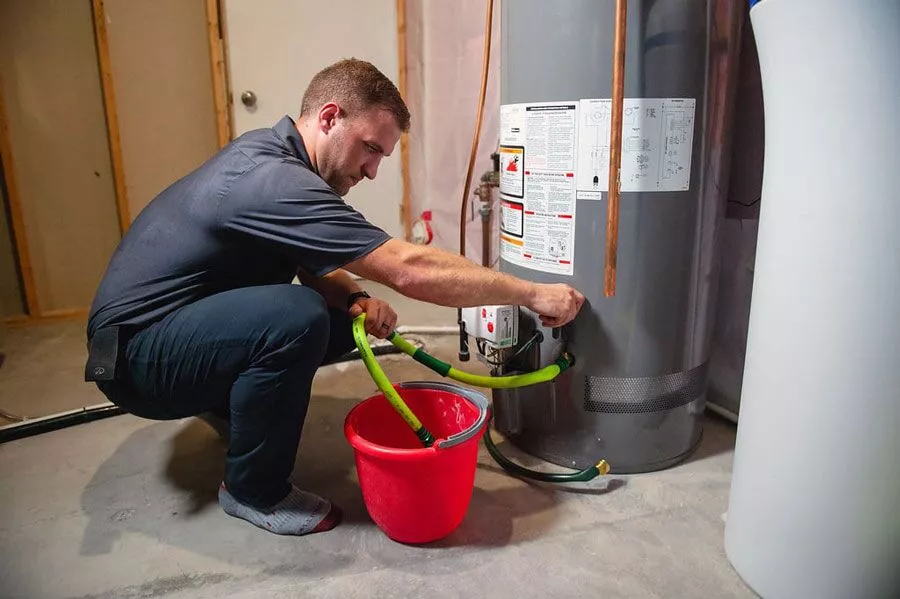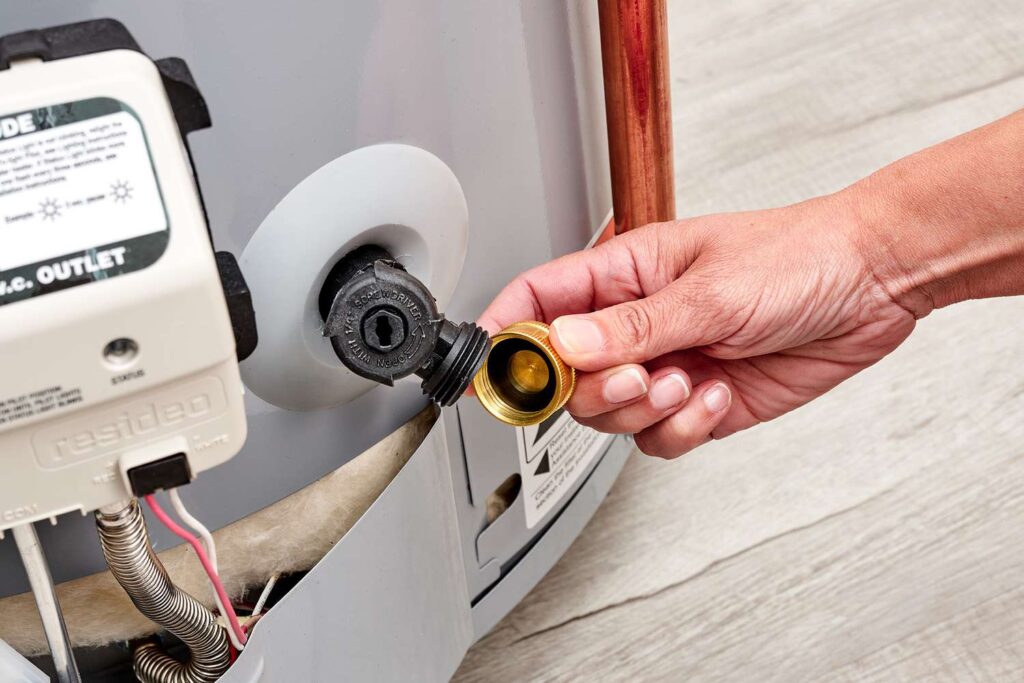
DIY Plumbing: How to Flush Your Water Heater for Optimal Performance
Water heaters are an essential part of every household, providing hot water for bathing, cleaning, cooking, and more. However, over time, sediment and mineral buildup can accumulate inside the tank, reducing the efficiency of the heater and potentially causing damage or leaks. To prevent these issues and keep your heater functioning at its best, it’s important to flush it regularly. In this article, we’ll discuss how to flush your water heater for optimal performance, including step-by-step instructions, common problems to watch out for, aftercare tips, and how often to flush your water heater. Whether you’re a seasoned DIYer or a first-time homeowner, these tips will help you maintain it and enjoy reliable hot water for years to come.
Why Flushing Your Water Heater is Important for Optimal Performance?

When you flush the water heater, you remove the sediment and mineral buildup that accumulates over time. This buildup can cause it to work harder and longer to heat the water, which can lead to higher energy bills and reduced efficiency. Additionally, the sediment buildup can cause corrosion inside the tank, leading to leaks and other damage that can be costly to repair or replace.
By flushing the heater regularly, you can remove these harmful deposits, improve the heater’s efficiency, and extend its lifespan. Not only will you save money on energy bills, but you’ll also ensure that your heater is working at its best and providing reliable hot water for years to come.
Preparing for the Flushing Process: Tools and Materials Needed

Before you flush water heater, there are a few tools and materials you’ll need to gather. These include a garden hose, a bucket, a pair of pliers, and gloves. You’ll also need to turn off the power to the heater or turn off the gas supply, depending on the type of heater you have.
To get started, turn off the power supply or gas supply to the heater. Next, connect the garden hose to the drain valve at the bottom of the tank and run the other end of the hose to a nearby drain or outside. Then, turn on the hot water faucet in your home to allow air into the tank and help it drain faster.
Finally, open the drain valve on the heater and allow the water to flow out into the bucket or drain. Be careful, as the water can be very hot, and you may need to use gloves to protect your hands.
Common Problems to Watch Out for While Flushing Your Water Heater
While flushing your water heater is a relatively straightforward process, there are some common problems that you should watch out for. One of the most common issues is a clogged drain valve, which can prevent water from flowing out of the tank and cause the flushing process to stall.
To avoid this issue, make sure to inspect the drain valve before you start the flushing process. If you notice any buildup or debris around the valve, use a wire brush to clean it before you begin. Additionally, be sure to use a garden hose that is long enough to reach a nearby drain or outside, as this will ensure that the water flows smoothly and doesn’t back up into the tank.

Another common problem to watch out for is leaks. Flushing your water heater can sometimes cause leaks if there is damage or corrosion inside the tank. To avoid this, inspect the tank before you begin flushing to ensure there are no visible signs of damage or leaks.
If you do notice any leaks or damage, it’s best to call a professional plumber to repair or replace your water heater. Trying to fix a damaged heater on your own can be dangerous and may cause more damage or lead to injuries.
Aftercare Tips for Your Newly Flushed Water Heater
Once you’ve successfully flushed the heater, there are a few aftercare tips you should follow to ensure that it continues to perform at its best. First, be sure to monitor the temperature of the water in your home and make adjustments as needed. A heater that is functioning properly should provide hot water at a consistent temperature.
Additionally, it’s important to check the pressure relief valve on your heater periodically to ensure that it is functioning properly. This valve helps regulate the pressure inside the tank and can prevent damage or leaks.
Finally, consider investing in a water softener or filtration system if you have hard water or one with high levels of minerals or sediment. These systems can help prevent buildup and extend the lifespan of your heater.
How Often Should You Flush Your Water Heater for Optimal Performance?

The frequency with which you should flush your water heater depends on several factors, including the size of the tank, the age of the heater, and the quality of the water in your area. In general, it’s recommended to flush your water heater at least once a year to maintain optimal performance and extend its lifespan.
However, if you live in an area with hard water or water with high levels of sediment or minerals, you may need to flush your water heater more frequently. Additionally, if your heater is more than ten years old or is showing signs of damage or corrosion, you may need to flush it more often or consider replacing it altogether.
All in All
In conclusion, flushing your water heater is a simple yet essential maintenance task that can help improve its efficiency, extend its lifespan, and save you money on energy bills. By following the steps outlined above and being aware of common problems and aftercare tips, you can keep your water heater functioning at its best and enjoy reliable hot water for years to come.
